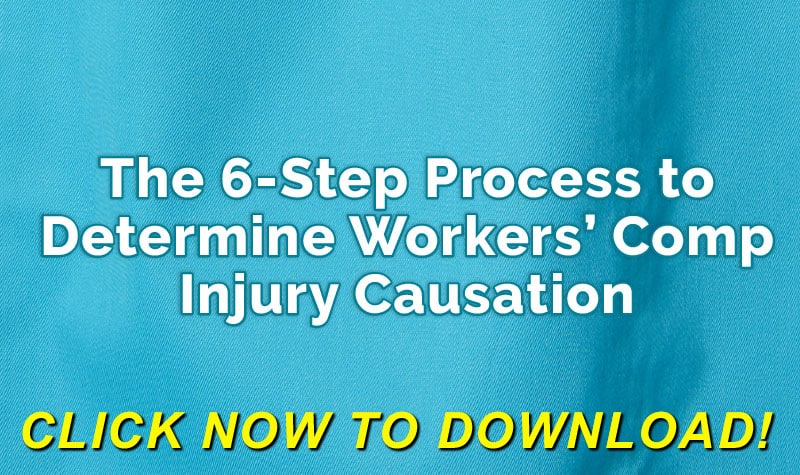
Prescription drugs continue to be a driver of workers’ compensation costs nationwide. This is mainly fueled by the out of control dispensing practices of opioid-based prescription medications. The result in workers’ compensation claims has been devastating given the excessive costs incurred by many workers’ compensation programs. There is hope in more states adopting formal prescription drug formularies to reign in costs and better manage the prescription drug epidemic.
What is a Prescription Drug Formulary?
A prescription drug formulary is a set of rules that providers are required to follow in order for a prescribed drug to be covered under an insurance program. It also dictates what drugs can be prescribed, when they can be used and how an injured worker can refill their prescription. Many of these formularies are based on evidence-based medicine and other utilization controls that emphasize quality care provided to the employee via a cost-effective approach. The bottom line is prescription drug formularies in workers’ compensation programs are designed to provide the injured worker with the medical care and treatment they are entitled to, while keeping costs in check.
Click Link to Access Free PDF Download
“The 6-Step Process To Determine Workers’ Comp Injury Causation”
Implementation of Prescription Drug Formularies Around the US
Texas was the first state to implement a prescription drug formulary in 2011. Since that time, Arizona, Delaware, North Dakota, Ohio, Oklahoma, Tennessee, Washington, Wyoming, and California have added similar programs to their workers’ compensation systems. The impact has been noteworthy and highlights the significant impact they can have for all interested stakeholders in the process. Highlights in Texas include:
- A 77% drop in the cost of N-drug prescriptions – this includes opioid prescription costs for N-drugs that decreased from $1.44 million in 2011 to $323,762 in 2012. N-drugs are non-formulary drugs that fall outside the formulary and require proof the medication is medically necessary before it can be prescribed;
- A significant reduction in the issuance of N-drug prescriptions. This included a drop on money spent on these prescriptions from $51 million in 2009 to $7.2 million in 2015; and
- Reduced reliance on N-rated drugs in new and legacy workers’ compensation claims.
The workers’ compensation system in California has also seen similar trends since the official rollout of its prescription drug formulary program on January 1, 2018. According to a Workers’ Compensation Research Institute (WCRI) study, the state’s workers’ compensation program was experiencing a high rate of medical disputes that involved prescription drugs. This included 44% dispute rate for utilization reviews and 35% dispute rate for independent medical reviews (IMR). In the time the program has been in existence, state officials have seen dispute rates drop.
This is primarily due to features of the California law that allow for quick delivery of prescription medications to the injured worker and identification of the correct medications. Experts believe the number of disputes will continue to decrease as more injured workers utilize the program.
Waiting For Change – Implementing Best Practices
Workers’ compensation programs that operate in jurisdictions without a prescription drug formulary are not able to harness the benefits of these programs. There are steps interested stakeholders can take to move a state toward a formulary and reduce workers’ compensation costs. These steps include:
- Communicate with elected officials and other policymakers about the benefits of a prescription drug formulary. This includes attending conferences and providing them with information as it becomes available;
- Implement other cost-saving measures into an existing workers’ compensation program that are guaranteed to reduce costs. This includes an emphasis on return to work and drug utilization reviews. It is also important to leverage the expertise of a medical professional to receive an expert opinion on prescription drug usage. This medical opinion should be obtained by using a peer review rather than an IME due to the cost and speed of service.
- Use of creative claims investigation techniques to make better decisions regarding primary liability.
Conclusions
Prescription drug formularies are playing an important role in reducing workers’ compensation program costs and providing injured workers with the quality care they are entitled to receive. As more data becomes available on their benefits, lawmakers and others will take notice. Until the adoption of a formulary in one’s jurisdiction, it is important for stakeholders to take a proactive approach to reduce workers’ compensation program costs.

Contact: mstack@reduceyourworkerscomp.com.
Workers’ Comp Roundup Blog: https://blog.reduceyourworkerscomp.com/
©2020 Amaxx LLC. All rights reserved under International Copyright Law.
Do not use this information without independent verification. All state laws vary. You should consult with your insurance broker, attorney, or qualified professional.





 Defend Vocational Rehabilitation Claims
Defend Vocational Rehabilitation Claims
